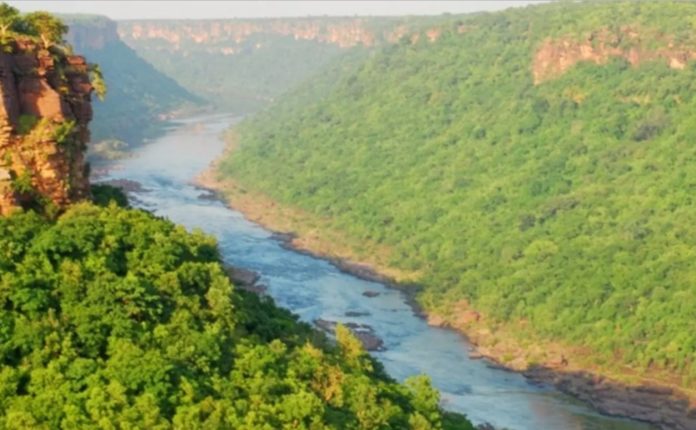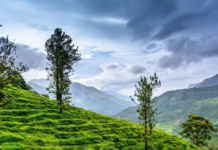Cool and bubbly River Chambal lazily meanders across the Hadoti region, irrigating the sun-kissed shores of dry, semi-arid districts with its refreshing waters. Chambal, in all sense is the lifeline of Rajasthan. The river supplies its water to parched natives in Kota, Baran, Jhalawar and Bundi—all major agricultural districts in Rajasthan. The lush green coasts of the river reflect vivid biodiversity of Rajasthan. Mesmerized by the beauty of Hadoti region, Rajasthan tourism department will try to encash this opportunity through ecotourism.
Ecotourism is a novel way of combining tourism with environmental activities. Government of Rajasthan has decided to develop Hadoti as ecotourism hub so that onlookers can appreciate natural beauty. Concurrently, the authorities will promote conservation activities through socio-economic involvement of the locals.
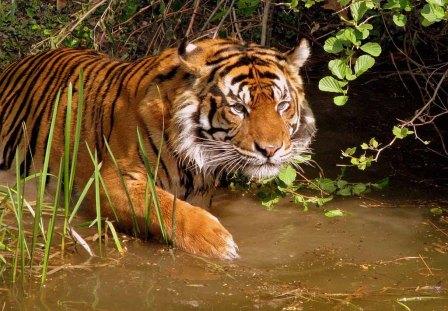
Rajasthan’s Hadoti Shows Great Potential for Ecotourism…
The vast unexplored region of Hadoti, according to the environmentalists, is a thriving site for eco-tourism related activities. The lush forests in this region accommodate a large population of leopards, sloth bear, striped hyenas, nilgai (blue bull), blackbuck, chinkara (deer), ghariyals (alligators), crocodiles, different snake varieties and plenty of other animals.
The lands lying adjacent to the river receive average annual rainfall of more than 100 cm. Not only this, a bunch rivers flow through Jhalawar: the most opulent district in Rajasthan, which shows ample scope for environment conservation and tourism.
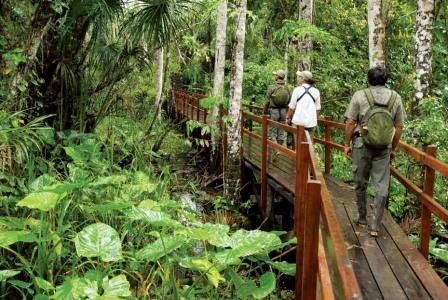
Reflecting on the richness of this region, Jhalawar district collector Mr. Jitendra Kumar Soni welcomes the idea of ecotourism in Jhalawar. “Balinda ghat—an undiscovered green spot is sandwiched between two hills, on the shores of Chambal. Blessed with greenery and diverse fauna, this area is perfect for tourism. If the government makes it accessible to the tourists, the state can reap the monetary benefits from ecotourism”.
Close to it is the Gagron Fort: a UNESCO World Heritage Site, known for its bird watching activities. The site welcomes more than 225 species of bird. Developing trekking tracks around the region can attract more tourists to Jhalawar.
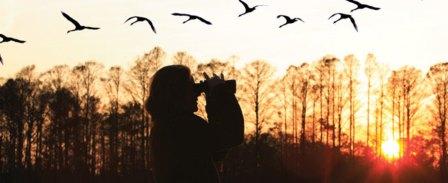
Mr. Soni, who currently serves as the president of district environment committee recently addressed a 2-day conference on June 5, for Rajasthan forest department. The idea was to attract attention towards the tourism potential of Hadoti region. Jhalawar district administration has already developed a trekking track (Baghel) worth Rs 40 Lakh. The collectorate is reflecting on the possibility of developing tracks around Gagron Fort, Gomti Sagar and Khandiya Talaab (wetlands).
These suggestions will be sent to CMO (chief minister office) in Jaipur so that the tourism department can implement strategies on ground. Soon, the state will receive a new ecotourism site in the coming days.


